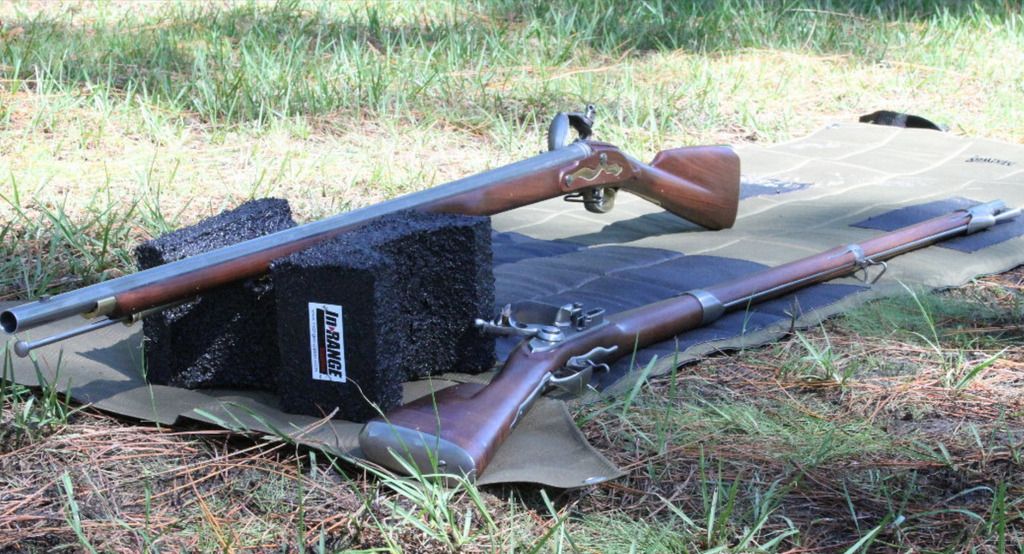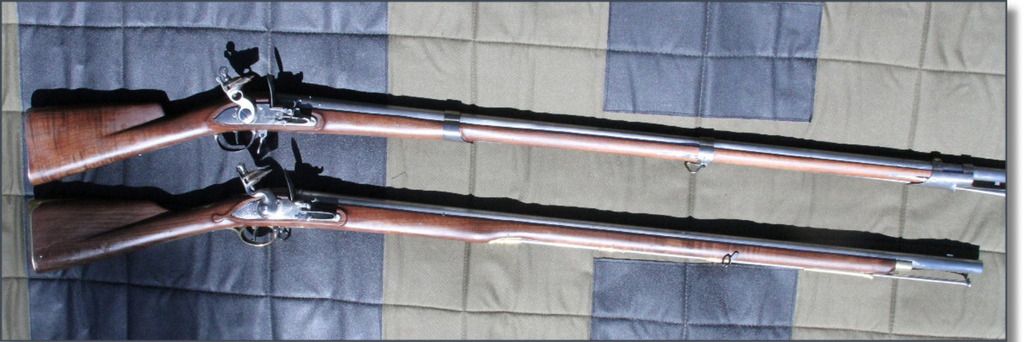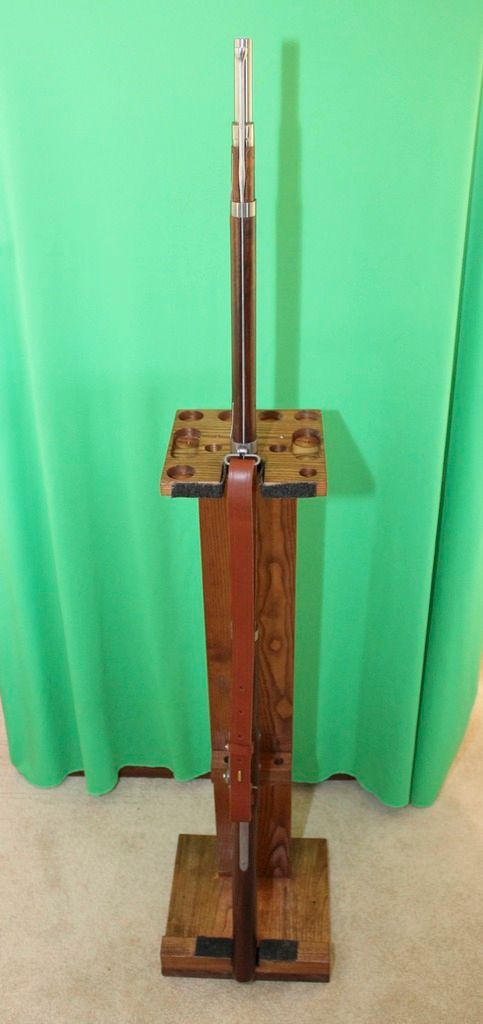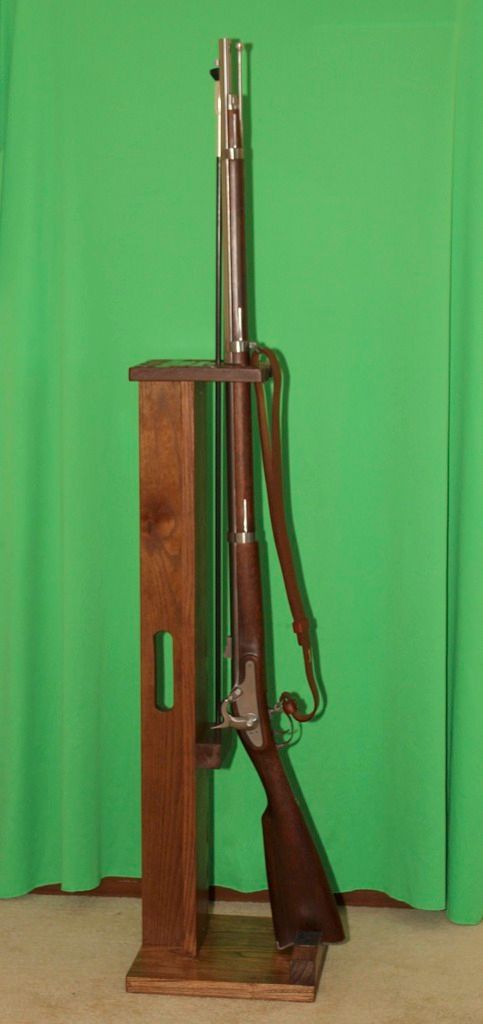The first thing you notice about an original bess is that its forestock is in poor shape, from pinning and un-pinning. The rod pipes are cracked, and some snap out of the stock leaving cracks and gashes. The locks seem to maintain rather well, however I've seen some with forged and replaced cocks and repair around the mortise. I've also seen several with wrist repairs, likely due to the wrist plate area being weaker.
Nick
The forestock gouging and cracks around the pins on the Bess were/are always from trying to drive the pins out and almost always in the period and modern times done by Soldiers who weren't allowed to do it (to make a louder noise when slapping the stocks during drill to please the Officers) and by those who didn't/don't know how to do it well, so there is no damage there after removing the pins. The problem came/comes from them originally just driving in the pin stock, cutting the pin stock off on both sides of the forestock and then filing the ends to match the curved sides of the forestock. Thus the ends of the pin are rounded and very difficult to "start" them moving from either side. Had the pins been made with flat ends that were a bit below the rounded shape of the forestock, such damage would have been much, much less.
With the tools available in the period, real Artificers/Armorers probably started the pins moving by using a sharp/narrow pointed center punch and then after the pin moved under the surface of the forestock, drove them the rest of the way out with a drive pin punch. What I have noticed on original Brown Besses was after the pins were removed by qualified personnel, was the pin ends were filed perpendicular to the length and thus made them capable of being removed and driven back in without damage to the forestocks.
I make these points both from a career as a Modern Military Armorer and NM Armorer and as one who does Artificer/Armorer work as close as possible to the ways they did it in the period. I can assure you, I have seen PLENTY of damage done to modern arms that are MUCH easier to disassemble than period arms, when done by people who are not qualified to do it.
While we have some information on what maintenance was allowed to be done by British Soldiers and what wasn't (Soldiers were NEVER authorized to remove the barrels on their Bess's), there is almost nothing in English text available (that I know of) on what French Soldiers or their Artificers/Armorers were allowed/authorized to do. Further, Military Artificers/Armorers were almost/or never fully trained gunsmiths during the period, so the quality of their repairs were often not as nicely done as a gunsmith would have done.
I don't know if common French Soldiers were authorized to remove the barrels from the stocks on their muskets, but I HIGHLY doubt it. The forestocks are far too easily damaged on both British and French Muskets, once the barrels are removed. I do know that common American Soldiers were forbidden from removing the barrels on their French design Springfield/Harpers Ferry Muskets from the War of 1812 onwards and only American Artificers/Armorers allowed to do it. However, I do agree that when period qualified Artificers/Armorers had to remove the barrels - there was less damage to the forestocks when it was done with the French style muskets.
There is no doubt that brass rammer pipes were more easily damaged than Iron Barrel Bands, though most of the damage on brass rammer pipes I have seen on originals can be attributed to too much filing and making the pipes too thin during the period. Still, it was something too possible during the era, even though not common when the pipes were made correctly.
I do agree the French Musket Designs were more "Soldier Proof," though Soldiers and Marines then and now can/do come up with the most amazing ways to damage their service arms, even when not the results of battle damage.
Gus









